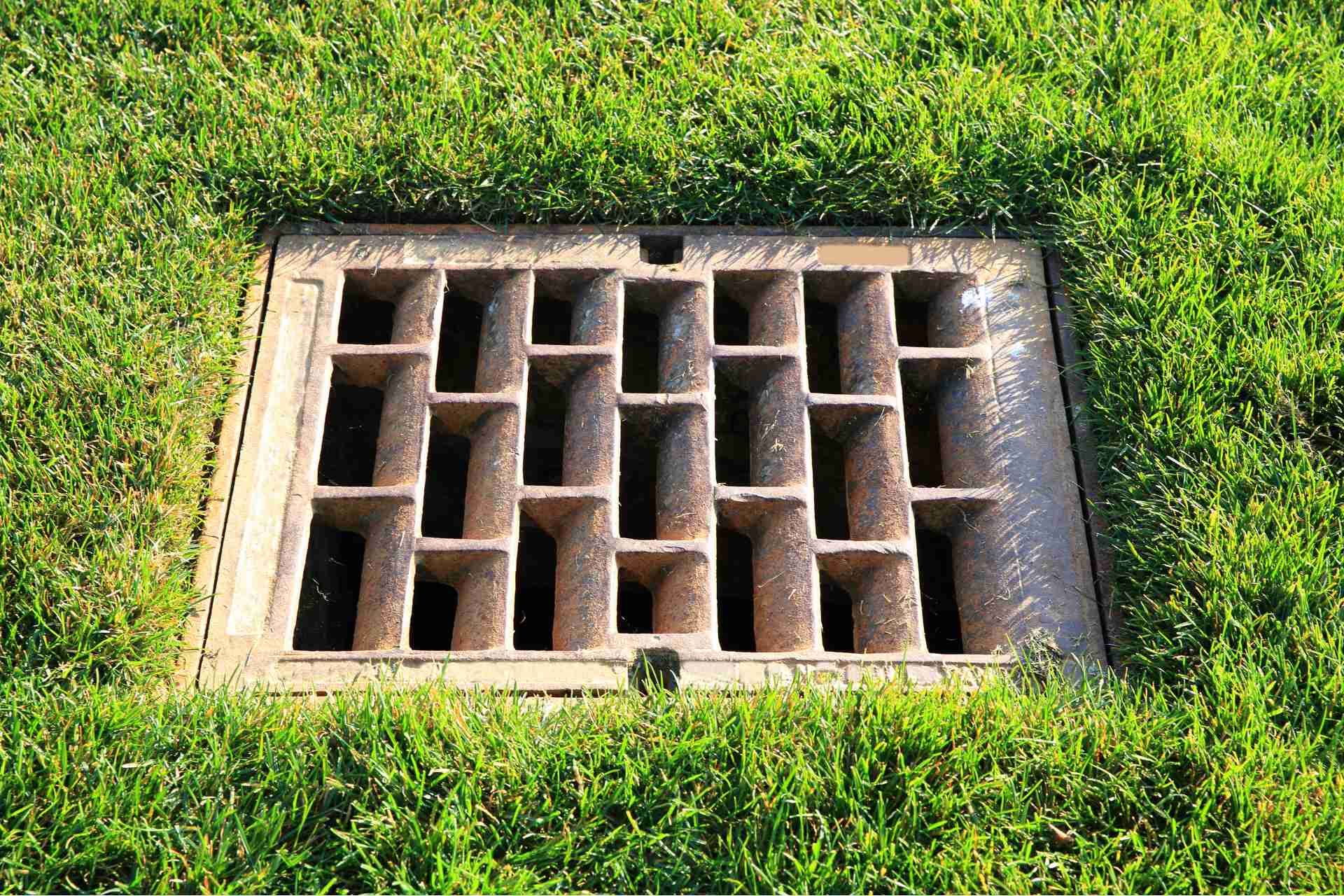How to Stop Crabgrass from Coming Back
If you've ever struggled with crabgrass overtaking your lawn, you know how persistent it can be. To keep it from coming back, you need a strategic approach that involves proper mowing, soil health, and effective weed control. By focusing on these key areas, you can create an environment where crabgrass struggles to thrive. But what specific steps should you take to ensure long-term success? Let's explore.
Understanding Crabgrass: What You Need to Know
To effectively tackle crabgrass, it's essential to understand what it is and how it grows. Crabgrass is a fast-growing, annual weed that thrives in warm weather, often invading your lawn during the summer months.
It spreads through seeds, which can lie dormant in your soil for years, waiting for the perfect conditions to germinate. You'll often find it in thin or bare spots in your lawn, where it competes aggressively with your grass for nutrients and water.
Understanding its growth cycle helps you pinpoint the best times for prevention and control. By recognizing the signs of crabgrass and its preferred environments, you can take steps to minimize its presence and protect your lawn before it takes hold.
The Importance of Soil Health
While many homeowners focus on visible weeds like crabgrass, the health of your soil plays a crucial role in maintaining a lush, vibrant lawn.
Healthy soil fosters strong root systems, allowing grass to outcompete weeds for nutrients and water. It's essential to test your soil's pH and nutrient levels regularly, as imbalances can encourage weed growth.
Incorporating organic matter, like compost, enhances soil structure and promotes beneficial microorganisms. These microorganisms help break down organic material, making nutrients available to your grass.
Mulching and proper drainage also support soil health, preventing conditions that favor crabgrass.
Mowing Techniques to Prevent Crabgrass
A healthy lawn isn't just about soil; how you mow plays a significant role in preventing crabgrass.
Start by keeping your mower blades sharp. Dull blades tear grass, making it more susceptible to disease and weeds. Aim to mow at a height of 3 to 4 inches. Taller grass shades the soil, reducing sunlight that crabgrass needs to germinate.
Mow regularly, but avoid cutting more than one-third of the grass height at once. This helps maintain strong roots and thick turf. Also, mow when the grass is dry to prevent clumping, which can smother healthy grass.
Lastly, consider leaving grass clippings on the lawn. They return nutrients to the soil, fostering robust grass that competes effectively against pesky crabgrass.
Effective Weed Control Methods
Implementing effective weed control methods is essential for maintaining a healthy lawn and preventing crabgrass from taking over. Start by regularly inspecting your lawn for weeds and remove them by hand or with a hoe, focusing on the roots to prevent regrowth.
You can also smother weeds with mulch or organic materials, which blocks sunlight and inhibits growth. Consider maintaining a thick, healthy lawn by overseeding and providing adequate nutrients; a robust lawn can outcompete weeds.
Additionally, adjust your watering habits—deep, infrequent watering encourages strong grass roots while discouraging weed development.
Lastly, keep your mower blades sharp and at the right height to promote healthy grass growth and discourage weed establishment.
Pre-Emergent Herbicides: Timing and Application
To effectively prevent crabgrass, timing and application of pre-emergent herbicides are crucial. You should apply these herbicides in early spring, just before the soil temperature reaches 55°F, which typically occurs around the time forsythia blooms. This timing ensures that the herbicides create a barrier in the soil, preventing crabgrass seeds from germinating.
When applying, make sure to evenly distribute the herbicide over your lawn, following the manufacturer's instructions for the correct rate.
Water the lawn lightly after application to activate the herbicide, but avoid heavy rain or irrigation for the next few days.
Maintaining Proper Lawn Care Practices
While you may think that controlling crabgrass is solely about using herbicides, maintaining proper lawn care practices plays an equally vital role.
Start by mowing your lawn regularly at the right height; keeping grass longer shades the soil, making it harder for crabgrass to thrive.
Water your lawn deeply but infrequently to encourage strong root systems. This helps your grass outcompete any invasive species.
Additionally, aerate your lawn to improve soil health and reduce compaction, allowing nutrients and water to penetrate effectively.
Lastly, overseed any bare patches to promote a dense turf, which further prevents crabgrass from taking hold.
The Role of Fertilization in Crabgrass Prevention
Fertilization plays a critical role in preventing crabgrass, as healthy grass outcompetes weeds. When you fertilize your lawn, you provide essential nutrients that promote robust grass growth.
A lush, thick lawn can choke out crabgrass seedlings, making it harder for them to establish themselves. Aim for a balanced fertilizer that includes nitrogen, phosphorus, and potassium.
Applying fertilizer at the right times—early spring and late fall—ensures your grass gets the nourishment it needs during crucial growth periods.
Don't forget to follow the recommended application rates, as over-fertilizing can harm your lawn and the environment.
Overseeding: Strengthening Your Lawn
If you want to enhance your lawn's resilience against crabgrass, overseeding is a powerful strategy. This process involves spreading grass seed over your existing lawn, filling in bare spots, and promoting thicker turf. A denser lawn leaves less room for crabgrass to establish itself, as it competes for sunlight, nutrients, and water.
To overseed effectively, mow your lawn short and remove any clippings. Next, aerate the soil to improve seed-to-soil contact. Then, spread high-quality grass seed evenly across the area.
Water lightly but consistently to keep the soil moist until the new grass is established. With patience and care, you'll notice a stronger, healthier lawn that naturally suppresses crabgrass and other weeds.
Natural Remedies for Crabgrass Management
As you look for effective ways to manage crabgrass, natural remedies can provide an eco-friendly approach that's safe for your lawn and the environment.
One simple method is to use vinegar, which contains acetic acid that can kill young crabgrass plants. Just spray it directly on the leaves on a sunny day.
You can also create a mixture of salt and water, but be cautious with the amount, as too much salt can harm your soil.
Another option is boiling water; pour it over the crabgrass to scorch it.
Additionally, consider using corn gluten meal, a natural pre-emergent herbicide that can prevent crabgrass seeds from germinating.
These remedies can help you maintain a healthy, crabgrass-free lawn.
Regular Lawn Maintenance: The Key to Success
To keep your lawn healthy and crabgrass-free, regular maintenance is essential. Start by mowing at the right height; this encourages healthy grass while shading the soil, making it harder for crabgrass to thrive.
Water deeply but infrequently to promote strong roots. Aerate your lawn annually to improve soil health and allow nutrients to penetrate.
Fertilize appropriately, using a slow-release option to nourish your grass without encouraging weeds. Keep an eye out for any crabgrass seedlings and remove them promptly before they can spread.
Lastly, overseed in the fall to fill in bare spots, creating a denser lawn that's less prone to crabgrass invasion.
Consistency in these practices will lead to a lush, vibrant lawn.
Conclusion
By following these steps, you can effectively stop crabgrass from coming back and enjoy a lush, healthy lawn. Keep your soil in top shape, mow at the right height, and apply pre-emergent herbicides at the right time. Don't forget to overseed thin areas and maintain regular lawn care practices. With a little effort, you'll create a dense turf that competes well against weeds, ensuring your lawn remains vibrant and crabgrass-free.








